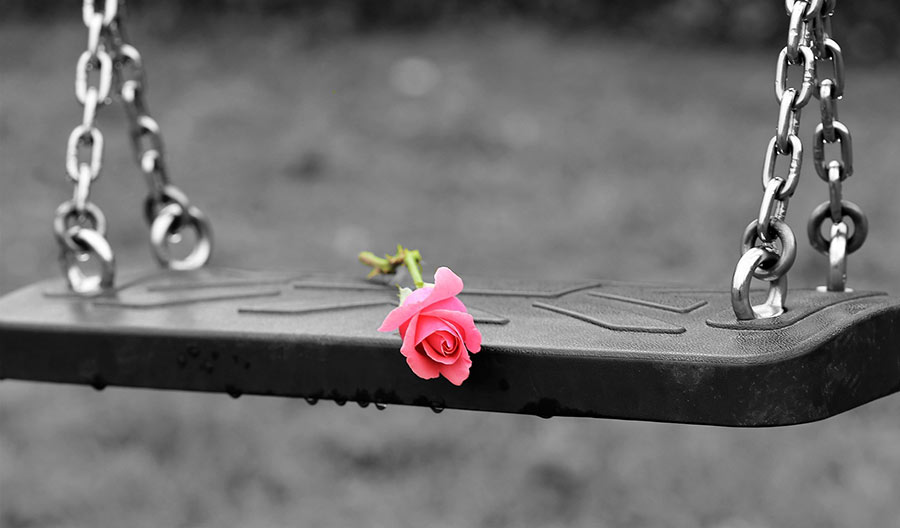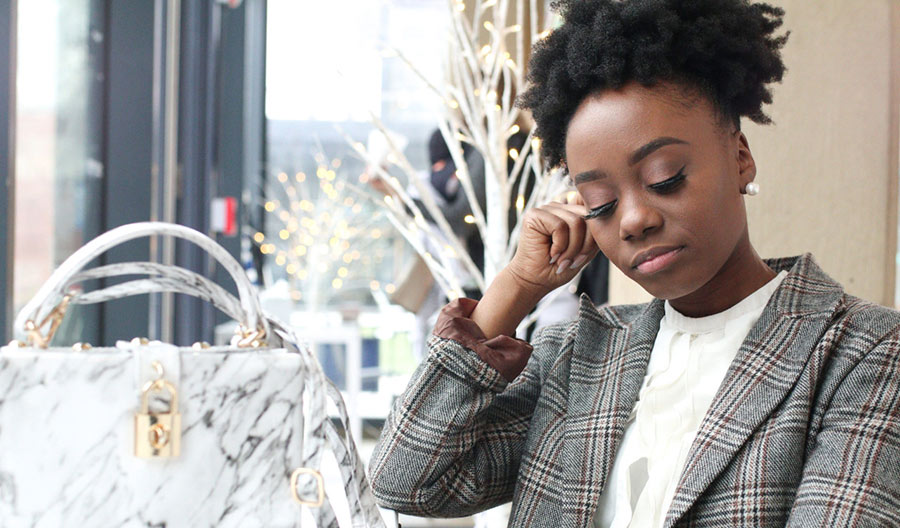The pandemic and racism create a stressful back-to-school time.
by Rainier Harris. Freelance journalist in The New York Times, Business Insider, GEN, Elemental, and more. rainierharris3@gmail.com
With Covid-19 cases in Illinois on the rise, Glenbard Township High School District plans to continue remote instruction, which began on August 17, at least through mid-October. But as the weeks go by, Black teachers in the district are facing increasing anxiety about navigating in-person education in a pandemic.
Teresa Lawrence, EdD, 54, teaches English to grades 9–12 at Glenbard East High School. As an African American woman, Lawrence says she is conscious that “for many of my students, [I will] be the first Black teacher they ever have.” While in-person instruction would be ideal for her interaction with students, she fears it because of her underlying conditions.
Lawrence has diabetes and sickle cell anemia, and her husband, who is almost 60, has chronic obstructive pulmonary disease (COPD), which puts them both in at-risk groups for severe forms of Covid-19. Lawrence is not financially ready to retire, so she can’t avoid in-person instruction. “I trust in God, and I pray to try and assuage those fears as best I can,” she says. “My faith is a big part of who I am, and that’s what I use to sustain me.”
—————–
The racial justice protests also weigh heavily on her mind. The rhetoric used in the cases of George Floyd, Breonna Taylor, Jacob Blake, and numerous other victims of public brutality has incited “a level of frustration and anxiety” in Lawrence that she says wasn’t there before, and it makes her daily life, including teaching, harder.
She is one of many Black teachers, who like their Black students, are dealing with the disproportionate impacts of the coronavirus pandemic and videos of police brutality across the country — making this school year an especially difficult one to navigate. Teachers like Lawrence are devoting their energy to their students’ needs while also dealing with their own underlying conditions and racist systems that make them especially at risk of Covid-19 if in-person instruction resumes. These dual tragedies are taking a toll on the mental health of Black teachers across the nation.
Lawrence, who is also an equity trainer at her school, says she often has to explain the unique problems she faces as a Black woman to her colleagues. During a professional development session for teachers in mid-August, Lawrence said she didn’t want to turn on her camera because she was sitting in front of a window. Her dark complexion makes her look like a silhouette that shows only her teeth and eyes. When she shared that with her white colleagues, Lawrence says they believed she was being vain instead of having a legitimate concern — until she showed them screenshots of herself on the Zoom camera. “Those racial microaggressions that occur, I have to point them out on a regular basis, and it’s exhausting,” she says.
——————
At Glenbard East, there are approximately 200 Black students out of about 2,600 total students. Lawrence sponsors two campus organizations, the Black Student Union and Sister-to-Sister. She says she tries to “liberate through education” by arming her students “with knowledge about how to peacefully protest and how to push back against [the] establishment.” Lawrence says that even if the Black students get support elsewhere, she still feels the “responsibility to make sure that they know that they can come to me and they can depend on me.”
“Teachers like Lawrence are devoting their energy to their students’ needs while also dealing with their own underlying conditions and racist systems that make them especially at risk of Covid-19 if in-person instruction resumes.”
Lawrence’s sentiment is shared among other Black teachers in the district, like Keilan Bonner, 40, who teaches mathematics to grades 9–12 at Glenbard North High School in Carol Stream, Illinois.
He says he wants to “educate [his students] on the Black and Brown contributions to the field of mathematics,” showing his students “that there’s more to Black folks than dribbling a basketball and being able to sing and entertain.” Bonner thinks it’s the responsibility of all staff members to educate the student body about racism. “The white staff has to be as engaged and vested in this work as I am.”
Bonner often feels a responsibility to “educate everybody” on racial justice issues, which he says can take a mental health toll. On Facebook, he recently posted a graphic explaining why #AllLivesMatter in response to #BlackLivesMatter is ignorant. In response, a white friend made a post agreeing with #BLM but opposing calls to defund the police. Bonner felt he then had to make another post about what defunding the police actually means — a redirection of resources from policing toward nonpolicing forms of public safety and community support, such as social services, housing, education, and health care.
He says his friend “tried to take my voice from me at that moment,” because the original post had no mention of defunding the police. “This is your white privilege kicking in right now.”
Bonner went through the Beyond Diversity training from the Pacific Educational Group about courageous conversations. When school reconvenes, he says he will be one of the main people in his school tasked with navigating tough conversations about racial justice.
While in-person instruction may make these conversations easier, Bonner also can’t return to the physical classroom. He had quadruple bypass open-heart surgery in 2016 after suffering a heart attack at age 36. His doctors won’t allow him to reenter the school building until there is a viable vaccine or treatment available. After his heart attack, Bonner began seeing a therapist, which he says is “one of the best things that have happened” to him, especially during this pandemic, but that “in the Black community, [talking about] mental health [is] taboo.”
To deal with her own mental health stress, Lawrence has adopted some small habits that help a bit. She recently decided to stop responding to emails at the end of the school day, for example. When school is in-person, she says she would usually stop responding to emails after she left the school building. But during remote instruction, the line between work and life becomes blurred. “I will respond to a parent email if it is of a high alert.” Other than that, she says she has to walk away from her computer.
But the mental health of Black teachers is an issue much larger than any single person can or should fix themselves. Experts say districts need to take action. For schools to support the mental health of Black teachers, they should first “acknowledge the system racism, the systemic inequities, that exist for their students, as well as [for] the teachers,” and then take concrete actions to eliminate the inequities they have acknowledged, says Nathilee Caldeira, PhD, a clinical psychologist based in New York City. “When teachers feel like action is being taken,” she says, “they feel a lot more supported.”
Without support, the expectations and burdens placed on Black teachers across the United States take a serious toll. For now, Lawrence is taking it a day at a time and creating boundaries that are critical for maintaining her mental health. “I got to reclaim my time.”



